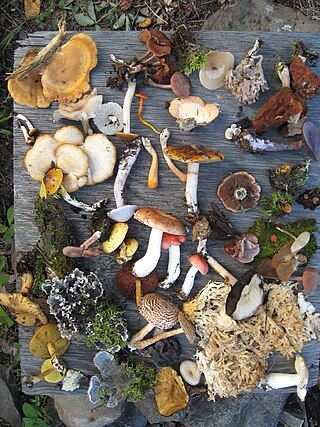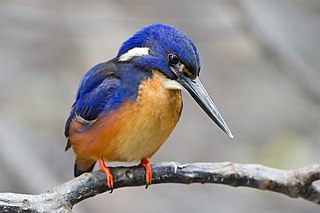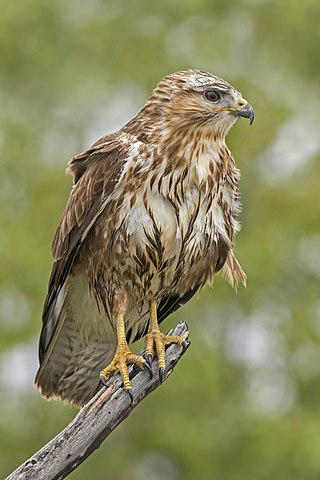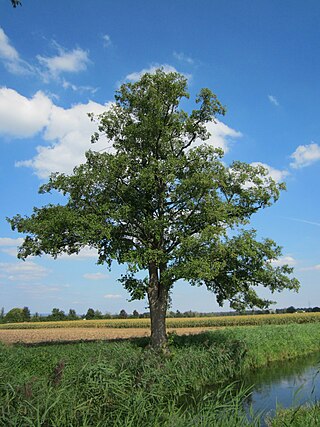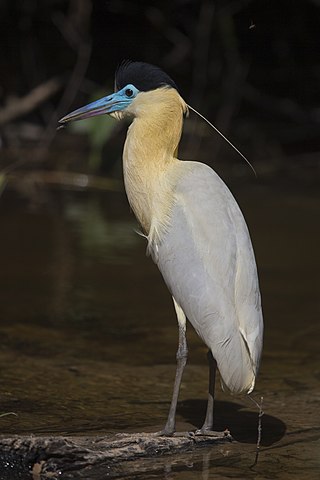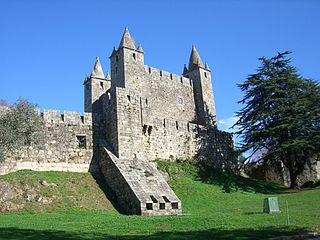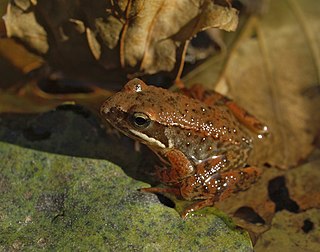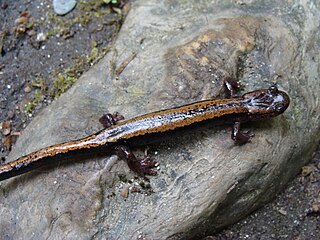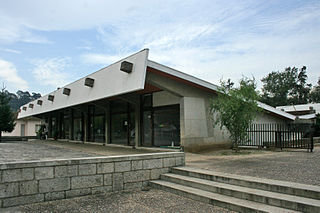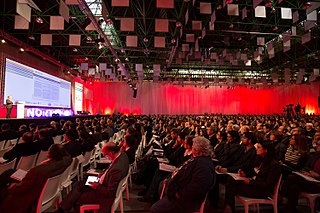11 Sights in Santa Maria da Feira, Portugal (with Map and Images)
Legend
Welcome to your journey through the most beautiful sights in Santa Maria da Feira, Portugal! Whether you want to discover the city's historical treasures or experience its modern highlights, you'll find everything your heart desires here. Be inspired by our selection and plan your unforgettable adventure in Santa Maria da Feira. Dive into the diversity of this fascinating city and discover everything it has to offer.
Sightseeing Tours in Santa Maria da Feira1. Biodiversidade
Biodiversity is the variability of life on Earth. It can be measured on various levels. There is for example genetic variability, species diversity, ecosystem diversity and phylogenetic diversity. Diversity is not distributed evenly on Earth. It is greater in the tropics as a result of the warm climate and high primary productivity in the region near the equator. Tropical forest ecosystems cover less than one-fifth of Earth's terrestrial area and contain about 50% of the world's species. There are latitudinal gradients in species diversity for both marine and terrestrial taxa.
2. Guarda-rios
Kingfishers are a family, the Alcedinidae, of small to medium-sized, brightly coloured birds in the order Coraciiformes. They have a cosmopolitan distribution, with most species living in the tropical regions of Africa, Asia, and Oceania, but also can be found in Europe and the Americas. They can be found in deep forests near calm ponds and small rivers. The family contains 118 species and is divided into three subfamilies and 19 genera. All kingfishers have large heads, long, sharp, pointed bills, short legs, and stubby tails. Most species have bright plumage with only small differences between the sexes. Most species are tropical in distribution, and a slight majority are found only in forests.
3. Águia-de-asa-redonda
The common buzzard is a medium-to-large bird of prey which has a large range. It is a member of the genus Buteo in the family Accipitridae. The species lives in most of Europe and extends its breeding range across much of the Palearctic as far as northwestern China, far western Siberia and northwestern Mongolia. Over much of its range, it is a year-round resident. However, buzzards from the colder parts of the Northern Hemisphere as well as those that breed in the eastern part of their range typically migrate south for the northern winter, many journeying as far as South Africa.
4. Amieiro
Alnus glutinosa, the common alder, black alder, European black alder, or just alder, is a species of tree in the family Betulaceae, native to most of Europe, southwest Asia and northern Africa. It thrives in wet locations where its association with the bacterium Frankia alni enables it to grow in poor quality soils. It is a medium-sized, short-lived tree growing to a height of up to 30 metres (98 feet). It has short-stalked rounded leaves and separate male and female flowers in the form of catkins. The small, rounded fruits are cone-like and the seeds are dispersed by wind and water.
5. Rouxinol Bravo
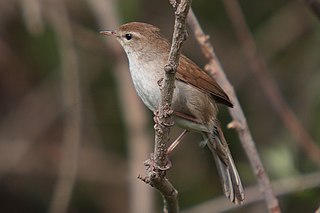
Cetti's warbler is a small, brown bush-warbler which breeds in southern and central Europe, northwest Africa and the east Palearctic as far as Afghanistan and northwest Pakistan. The sexes are alike. The bird is named after the 18th century Italian zoologist, Francesco Cetti. This species is very difficult to see because of its skulking habits.
6. Garça-real
The capped heron is a water bird endemic to the neotropics, inhabiting rainforest from the center of Panama to the south of Brazil. It is the only species of the genus Pilherodius, and one of the least known of the heron family, Ardeidae. It is superficially similar to the group of the night herons, but is active during daytime or at twilight.
7. Santa Maria da Feira Castle
The Castle of Santa Maria da Feira is a Portuguese castle in the municipality of Santa Maria da Feira, district of Aveiro. Emblematic of Portuguese medieval military architecture, the Castle of Santa Maria da Feira is one of the monuments that best reflects the diversity of defenses used during the Middle Ages, having been instrumental in the process of Reconquista and autonomy of the County of Portugal. It has been listed as a National monument since 1910.
Wikipedia: Castle of Santa Maria da Feira (EN), Website Sipa, Heritage Website Sipa, Website, Heritage Website
8. Rã-ibérica
The Iberian frog, also known as Iberian stream frog, is a species of frog in the family Ranidae found in Portugal and Spain. Its natural habitats are rivers, mountain streams and swamps. It is threatened by habitat loss, introduced species, climate change, water contamination, and increased ultraviolet radiation.
9. Salamandra-lusitânica
The gold-striped salamander or golden-striped salamander is a species of salamander in the family Salamandridae. It is the only species of the genus Chioglossa. It is found in the north-west of Iberia at an altitude of up to 1,300 m. It is threatened by habitat loss.
10. Mercado Municipal de Santa Maria da Feira
The Municipal Market of Santa Maria da Feira is a municipal market in Santa Maria da Feira, Portugal. Designed by the architect Fernando Távora in 1953, it is classified as a monument of public interest.
Wikipedia: Mercado Municipal de Santa Maria da Feira (PT), Website Sipa, Heritage Website Sipa, Heritage Website
11. Europarque
EUROPARQUE Cidade dos Eventos is an equipment with more than 20 years of experience in hosting and organizing multidisciplinary events, essentially corporate in scope, with unique capabilities and functionalities. A Congress Centre tailored to the needs of each client and each event, installed in a total area of more than 500,000 m2. Geographically located on the structuring axis of the A1 and A29, 20 minutes from Francisco Sá Carneiro Airport, EUROPARQUE has amenities such as a heliport, more than 1400 seats in its Grand Auditorium, 7200 m2 in Pavilion, congress rooms with capacity to receive 10,000 people simultaneously and car parking with more than 2000 seats, are just a few examples.
Share
How likely are you to recommend us?
Disclaimer Please be aware of your surroundings and do not enter private property. We are not liable for any damages that occur during the tours.
